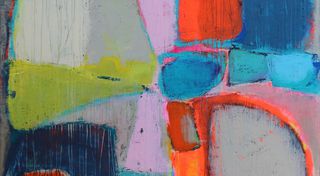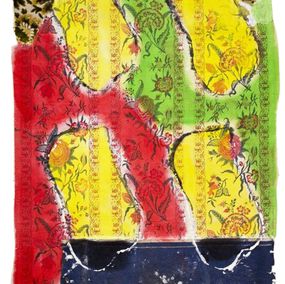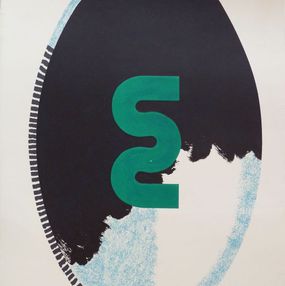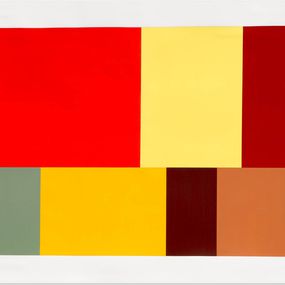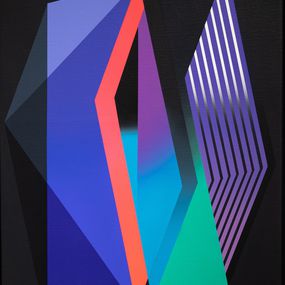

The idea becomes a machine that makes the art.
Biography
Sol LeWitt, a key figure in the development of Conceptual Art and Minimalism, remains a significant force in the art market, with his works continuing to captivate collectors and art enthusiasts globally. Known for his use of basic shapes, lines, and colors, LeWitt’s innovative approach to art has made his work a cornerstone of modern and contemporary collections. His iconic wall drawings and structures, which often explore the intersection of geometry and human perception, remain highly sought after in prestigious galleries and auctions.
LeWitt’s impact on the art world began in the 1960s when he became a central figure in the rise of Conceptual Art, using instructions and systematic processes to create artworks. His work exemplifies a departure from traditional artistic practices, where the idea behind the work is as important as its execution. Throughout his career, LeWitt's work was showcased in major museums worldwide, including the Museum of Modern Art in New York and the San Francisco Museum of Modern Art, solidifying his place in the art history canon.
In recent years, LeWitt’s legacy has been celebrated through exhibitions and retrospectives that explore his contributions to art, especially in the realms of Minimalism and Conceptual Art. His works continue to perform strongly at auctions, with pieces consistently achieving impressive results, reaffirming his lasting relevance in the contemporary art market. His creations, which range from large-scale installations to small drawings, offer timeless insights into the relationship between space, form, and color.
Collectors continue to value Sol LeWitt’s work for its intellectual depth, precision, and pioneering role in reshaping the art world. His pieces are regarded as valuable assets in contemporary art collections, making them an exceptional addition to any art lover’s portfolio.
Nationality
Categories
Artistic movements
Themes

Sol LeWitt
Print - 53.7 x 61.9 x 1 cm Print - 21.1 x 24.4 x 0.4 inch
€2,000
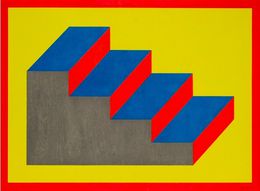
Sol LeWitt
Print - 75 x 55 x 0.2 cm Print - 29.5 x 21.7 x 0.1 inch
€8,000
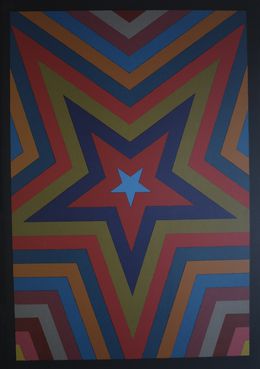




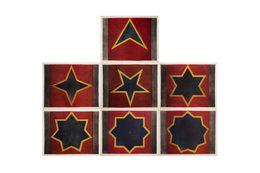

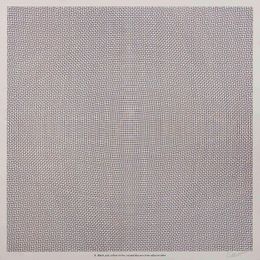
Sol LeWitt
Print - 39 x 38 x 0.1 cm Print - 15.4 x 15 x 0 inch
Sold



Sol LeWitt
Print - 120 x 120 x 0.1 cm Print - 47.2 x 47.2 x 0 inch
Sold

Sol LeWitt
Print - 120 x 120 x 0.2 cm Print - 47.2 x 47.2 x 0.1 inch
Sold
